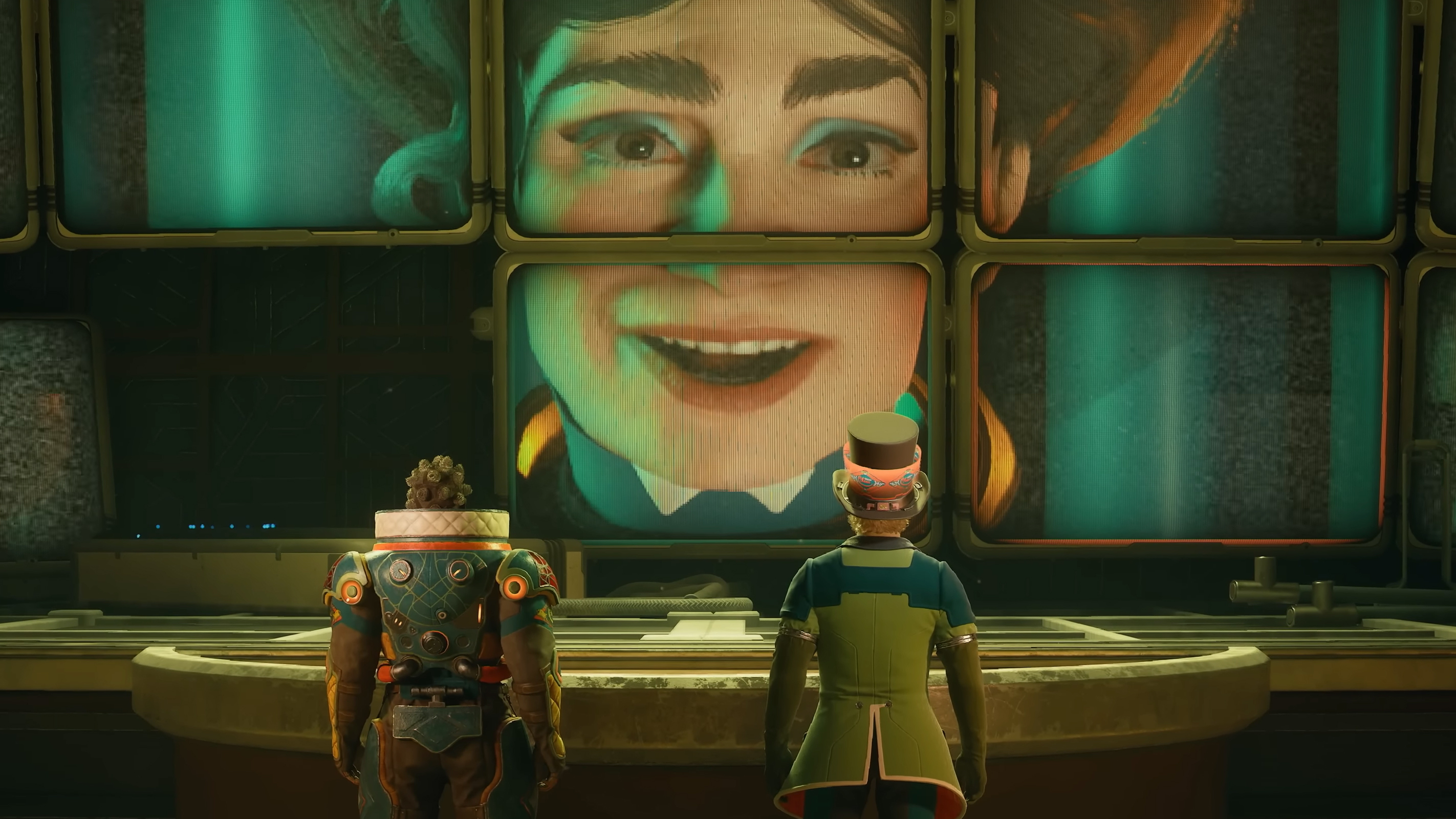
In recent years, a gradual move away from backwards compatibility and physical editions has resulted in increasing concerns about the preservation of classic games. But even when old games are made available on current systems via remakes and remasters, often certain features are lost to time due to hardware quirks that don’t exist anymore.
Consider Final Fantasy Crystal Chronicles, a 2003 GameCube release that leaned heavily into its multiplayer functionality for a unique couch co-op experience that didn’t translate into its 2020 remaster. For many, losing such features might be easy enough to overlook if the game itself remains widely playable. But for one group of four friends, their love of Crystal Chronicles’ was inseparable from their experience playing together as teenagers. So when the 2020 remaster failed to recapture their youthful experience in full, they started a project that would let them play the original game in all its glory, together, across vast distances.
Thus was born the “Hypercube.”
The Hypercube is a device cobbled together by the content creator pair behind Bork Yeah Games, Steven Squitieri and William Rankeillor, alongside two of their friends. The four are longtime pals who, as teenagers, played Final Fantasy Crystal Chronicles together on GameCube using its unique multiplayer functionality. Originally, Crystal Chronicles was playable by up to four individuals on a single GameCube by linking four GameBoy Advances to the console via a unique cable. The GBAs then served as second screens and menus for each player, and allowed them to progress their adventure as a group.
However, when Final Fantasy Crystal Chronicles Remastered Edition was released in 2020 for the Nintendo Switch, it modernized the multiplayer functions in a way that didn’t sit right with the group of friends. The remastered multiplayer only allowed a single player to progress, with up to three friends providing additional support in dungeons.
“This means that if you wanted to play the remastered edition with a static group of four, you would be required to play the same dungeon four times in a row before moving on to the next,” Squitieri explains in an email correspondence with IGN. “To many, ourselves included, the remastered edition was not worth playing since it had lost the soul of the original. This is particularly a shame since the remastered edition introduced some new content and challenges.
“However, we still yearned to play the game again. Unfortunately, we’re now situated hundreds of miles away so meeting up in person is quite the hassle. After many late night google searching sessions, frantic theories, and tests, the HyperCube was born.”
This is how the Hypercube works:
If that seems overwhelming, I was right there with you at first. Here’s the short version: Basically, Squitieri attached four GameBoy Players (a device that lets you play GameBoy games on GameCube) to four GameCubes, and then hooked those four GameCubes up to a Wii running Crystal Chronicles, allowing all four GameCubes to serve as Game Boy Advance controllers for the multiplayer.
Then, he used a program called Parsec and a bunch of different adapters so that his friends living far away can hit buttons on their controllers at home, and have those inputs register on the GameCubes, which are functioning as GBA controllers in Crystal Chronicles. And he’s using a streaming program, Open Broadcaster Software, in combination with a special camera to broadcast a four-way split screen feed to all players. As a result, all four of them can play the original Crystal Chronicles multiplayer together online from wherever they are in the world.
The Hypercube, Broken Down
For the tech nerds in the house, here’s Squitieri’s more complete explanation of what’s going on in the photo above:
“At its core, the HyperCube consists of 4 GameCubes with GameBoy Player attachments for each player and a Wii running Final Fantasy Crystal Chronicles. Each GameCube is able to masquerade as a GBA and connect to the Wii as a controller. The video feed from the Wii is captured and displayed in Open Broadcaster Software (OBS) while the video feeds of the 4 GameCubes are combined into a 4 way split screen view using an RCA security camera monitoring device and then captured and displayed in OBS as well.
“However, the real magic of the HyperCube is how it functions remotely. This relies on a few adapters as well as Parsec, a program that allows PC users to share screens and participate in local multiplayer games remotely. Each Client that connects to a Host via Parsec creates a controller device on the Host’s PC that the Client controls remotely. The Host can then map the Client’s controller to whatever local multiplayer game they want to play. In order to interface Parsec with the GameCubes for Client control, a series of 3 adapters is needed for each remotely controlled GameCube. First, a GIMX adapter allows a separate PC device (such as the controller devices created by Parsec) to input control through it and is then output as a PS3 Controller signal via USB. Next, a Brook PS3/PS4 to PS2 controller adapter is used to convert the signal to PS2. Finally, an old adapter that converts PS2 controllers to Original Xbox or GameCube is used and then plugged into each of the GameCubes. The result is a series of remotely controllable GameCubes through Parsec.”
Bork Yeah Games unveiled the Hypercube on its channel today, and is planning a Crystal Chronicles stream on Saturday, August 12, in honor of the game’s 20th anniversary. But Squitieri tells me Crystal Chronicles isn’t the only game their setup is useful for. It could also be used for The Legend of Zelda: Four Swords Adventures (which similarly requires GBAs as controllers). Alternatively, a simpler version of the setup (with a single GameCube, no Wii, and no GameBoy Player) could be used for other more traditional multiplayer games. And Squitieri tells me that recently, Bork Yeah Games did a Pikmin 4 stream where the group “passed the controller over hundreds of miles” for each in-game day to alternate who was playing, just like a group of friends in the same living room might. What’s more, he says such a setup is feasible for anyone to put together relatively easily – its biggest barrier is being a touch pricey: “The only true limit here is the adapters, in theory a similar setup could be used to remote play on many other consoles.”
The Hypercube project is a fantastic example of the ingenuity and determination of players to keep enjoying the games they love, even as that becomes ever more challenging. But it also further highlights the struggles around game preservation. Crystal Chronicles is far from the only game with features that make it uniquely difficult to enjoy in its original form – and a growing number of retro games are unobtainable entirely in 2023. Though groups such as the Video Game History Foundation continue the important work of preservation, it remains imperative for publishers and IP owners to take steps to prevent art from being lost to time. But until those efforts grow, passion projects like Hypercube will continue to prove that older games are worth recapturing in their original, intended spirit.
Rebekah Valentine is a senior reporter for IGN. Got a story tip? Send it to rvalentine@ign.com.





